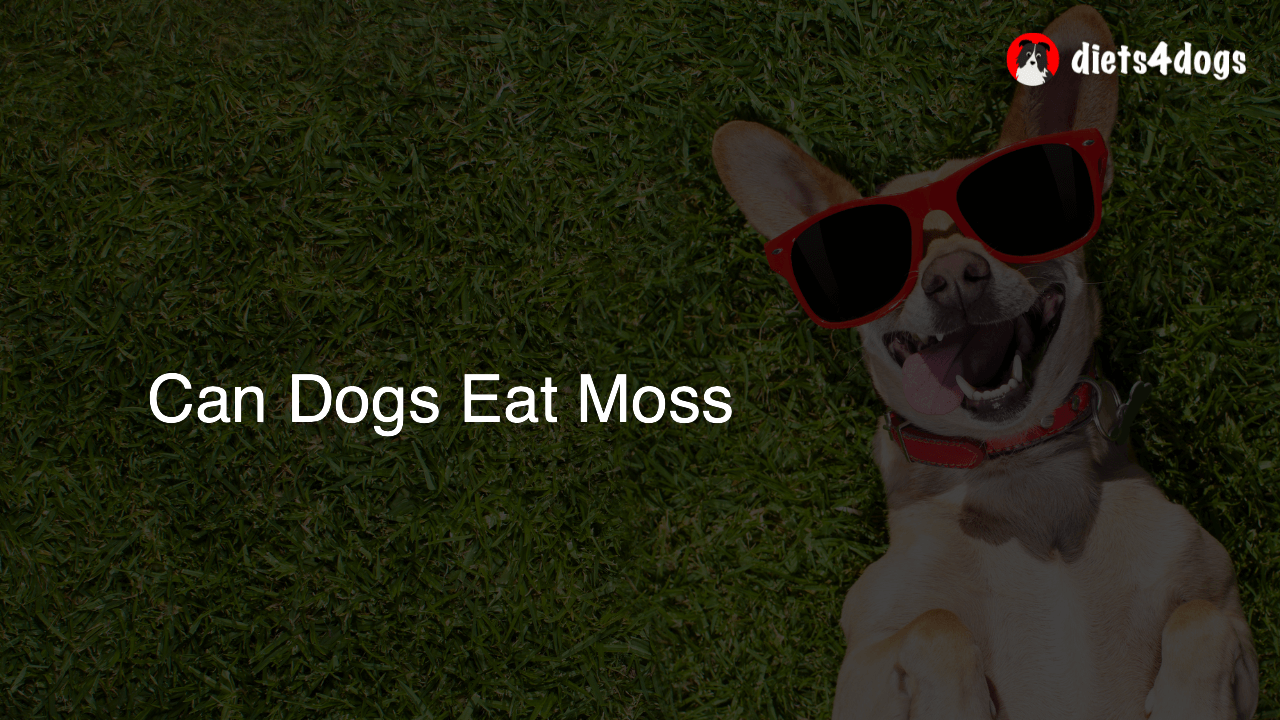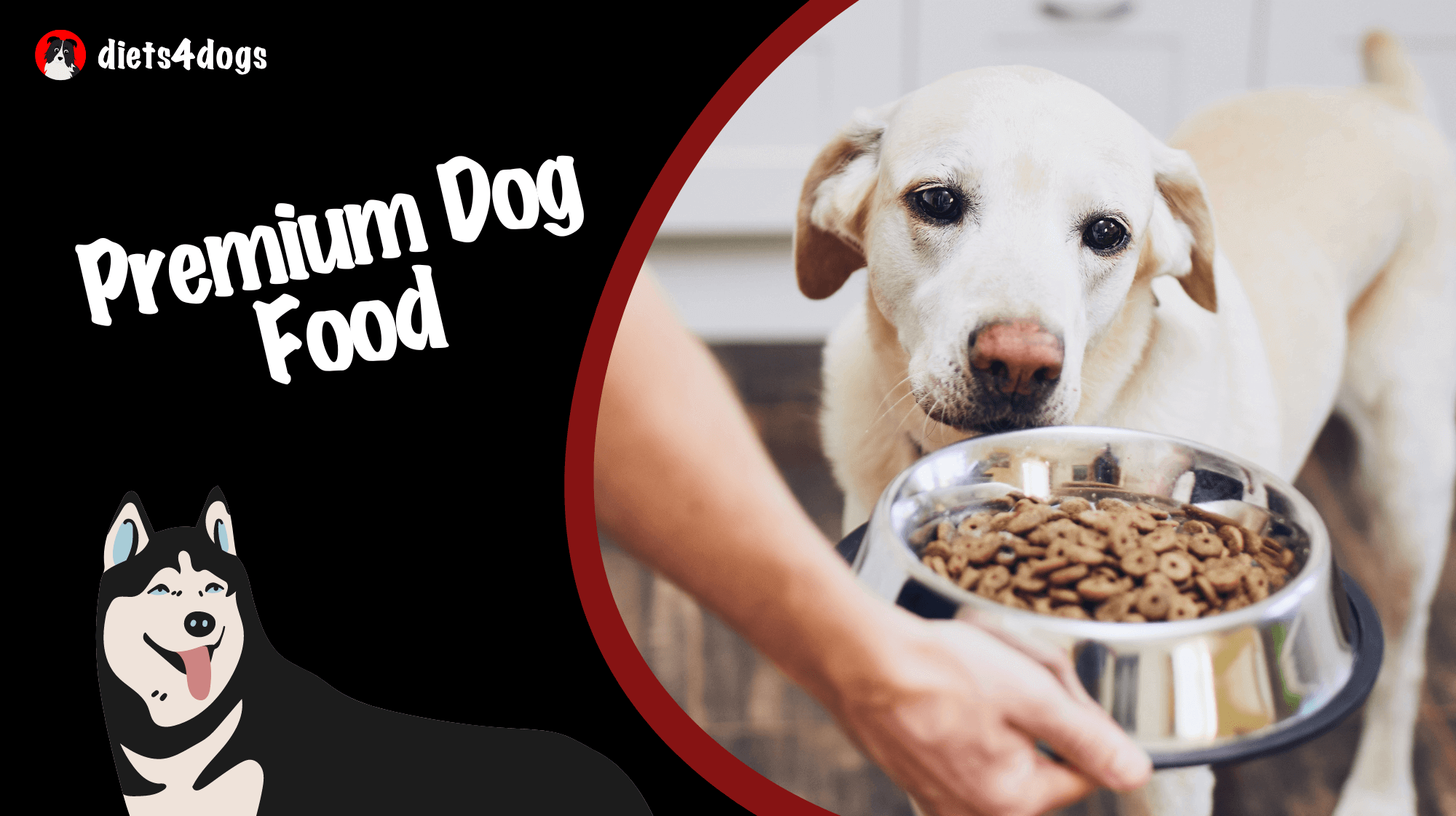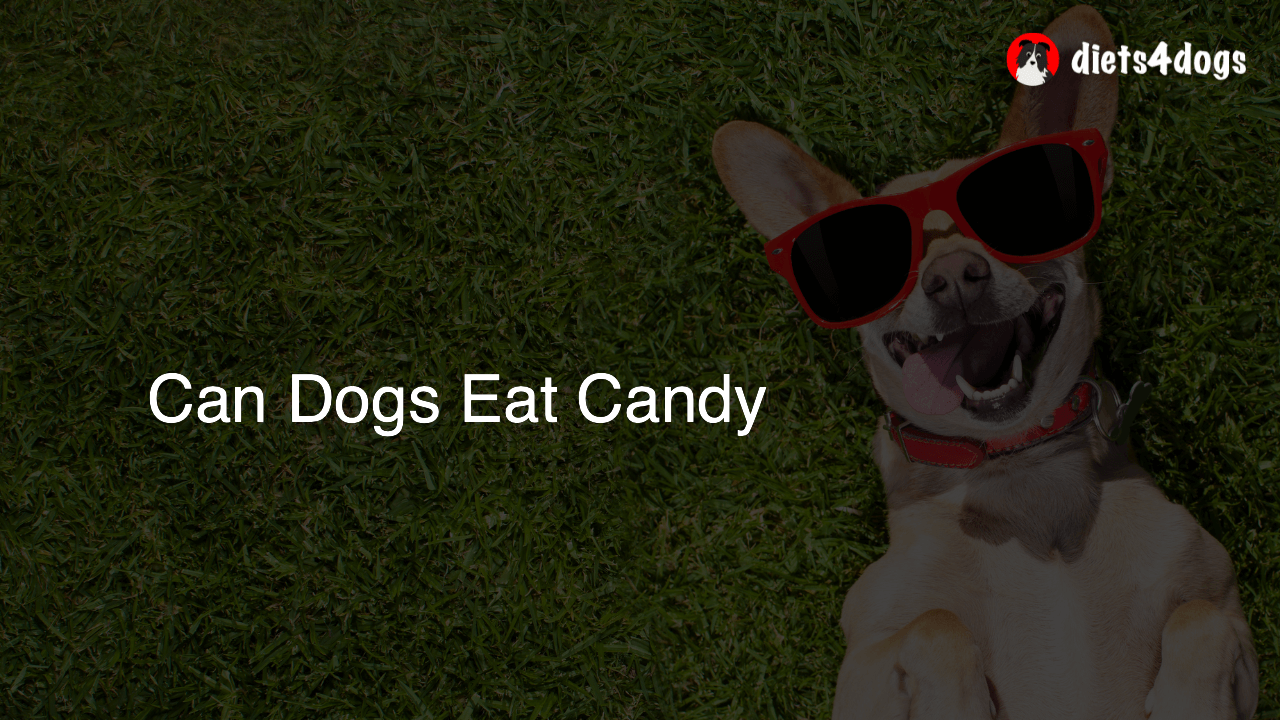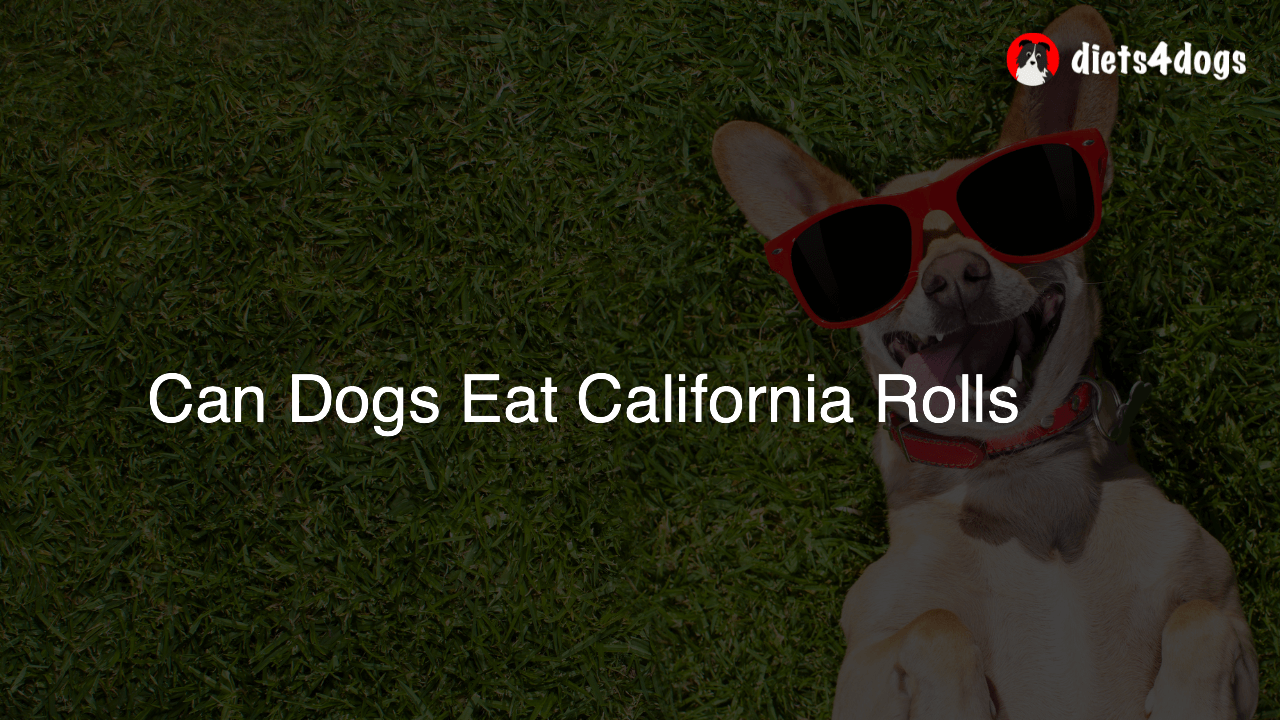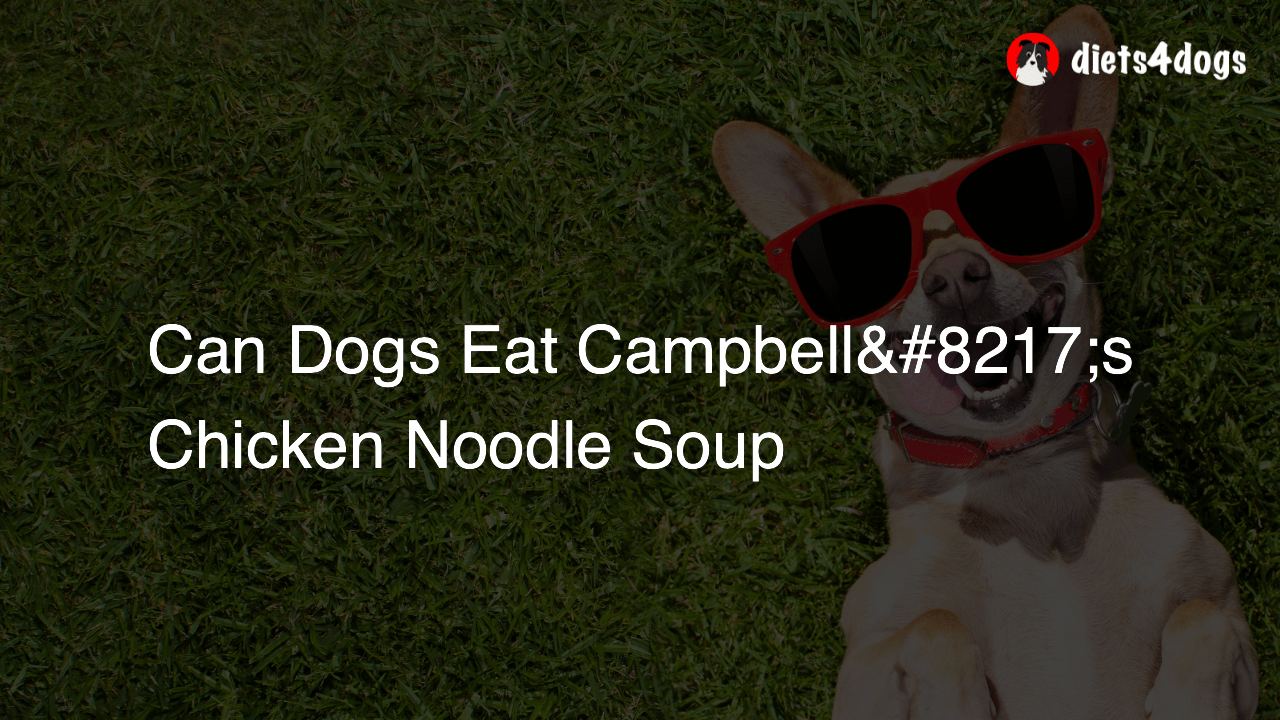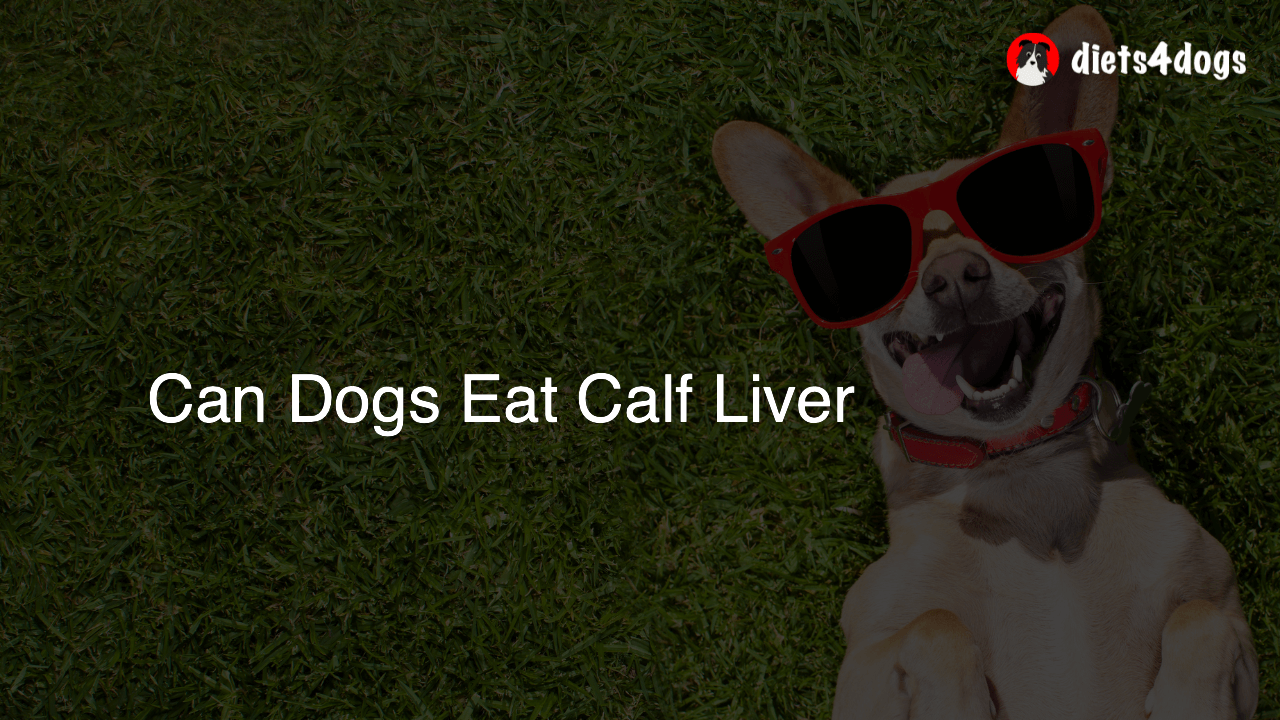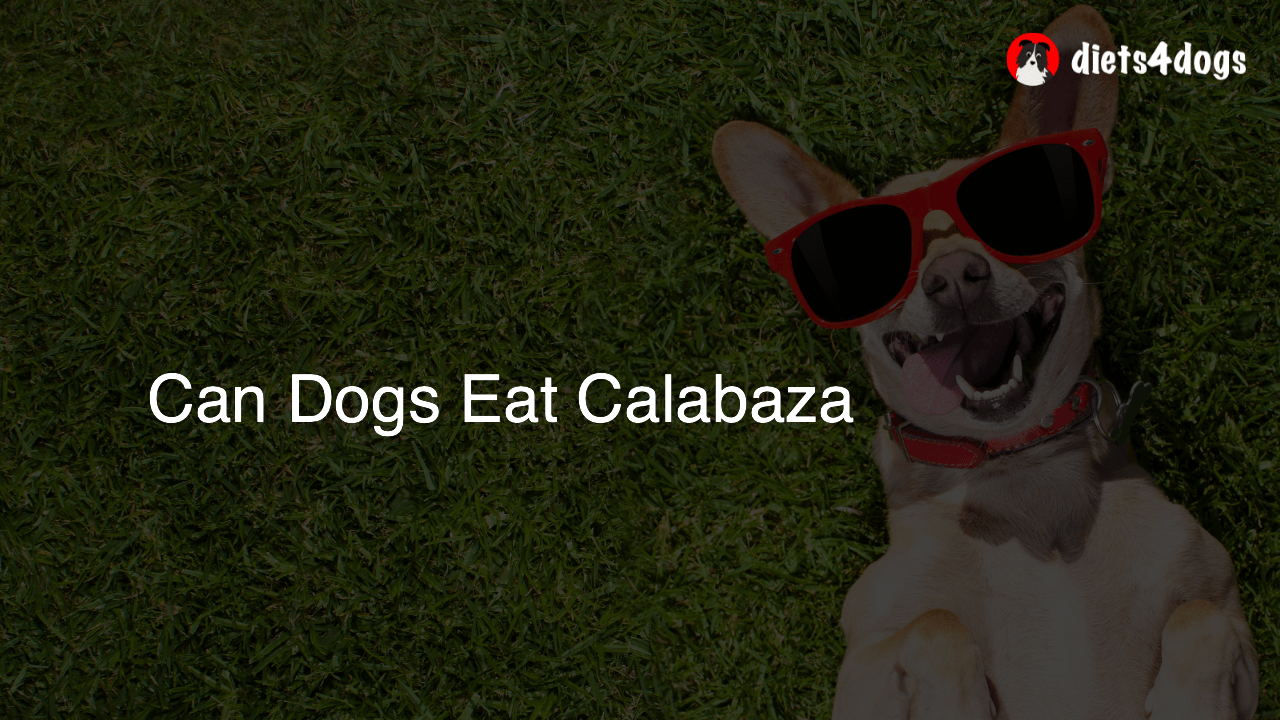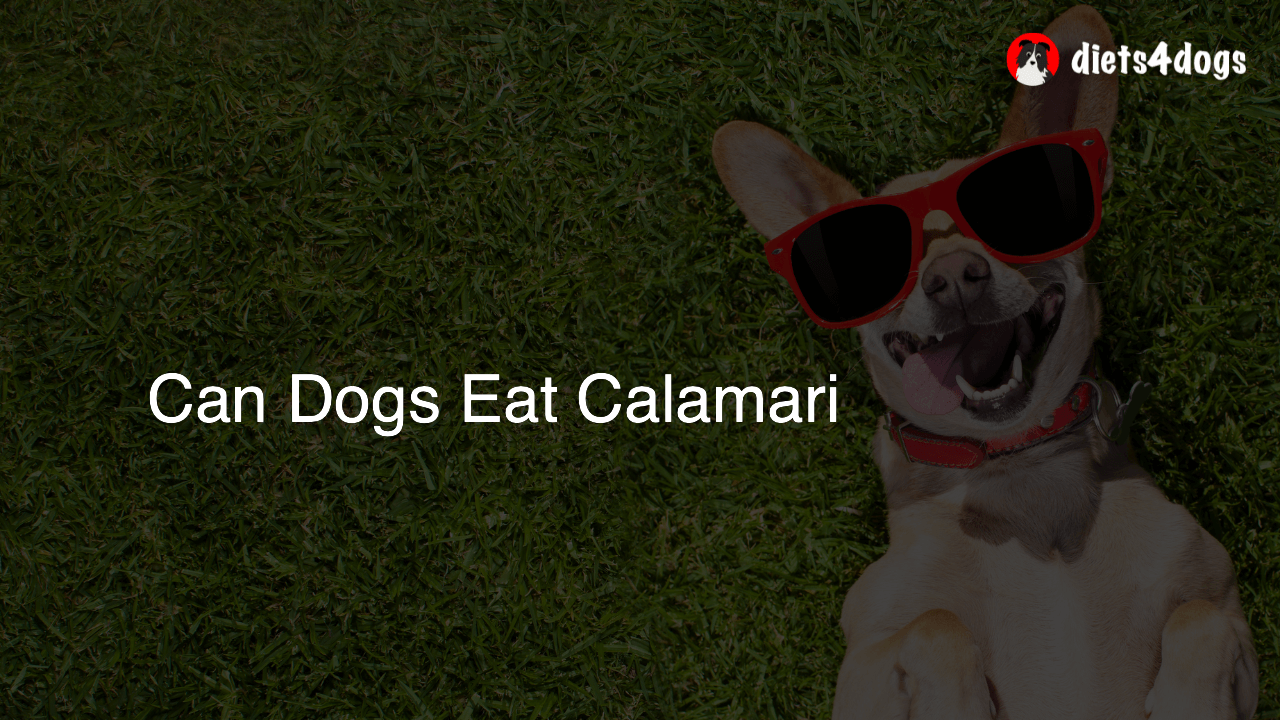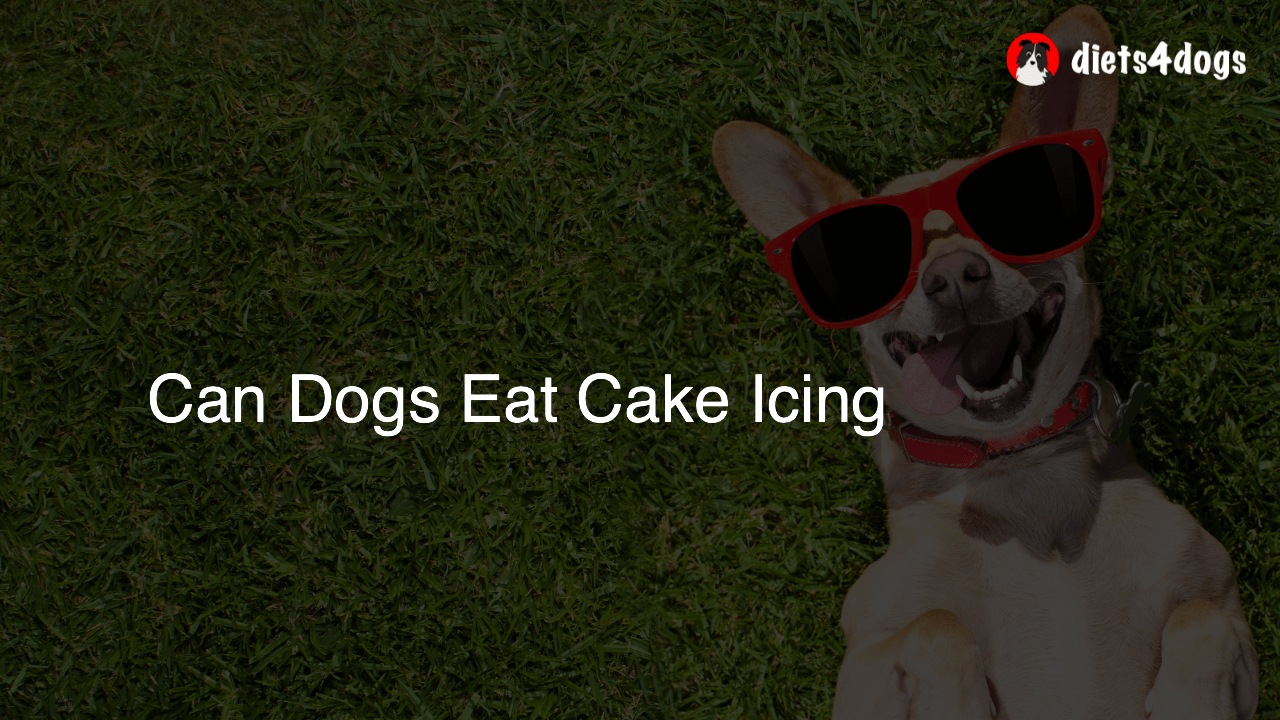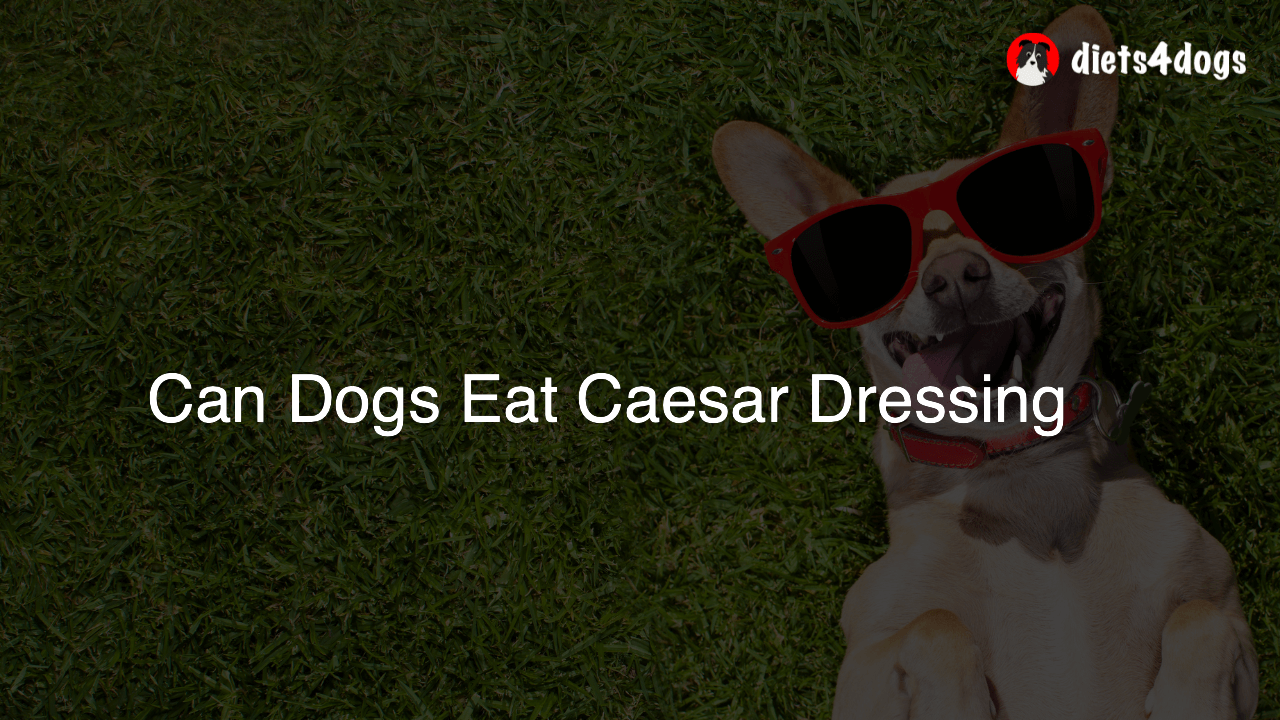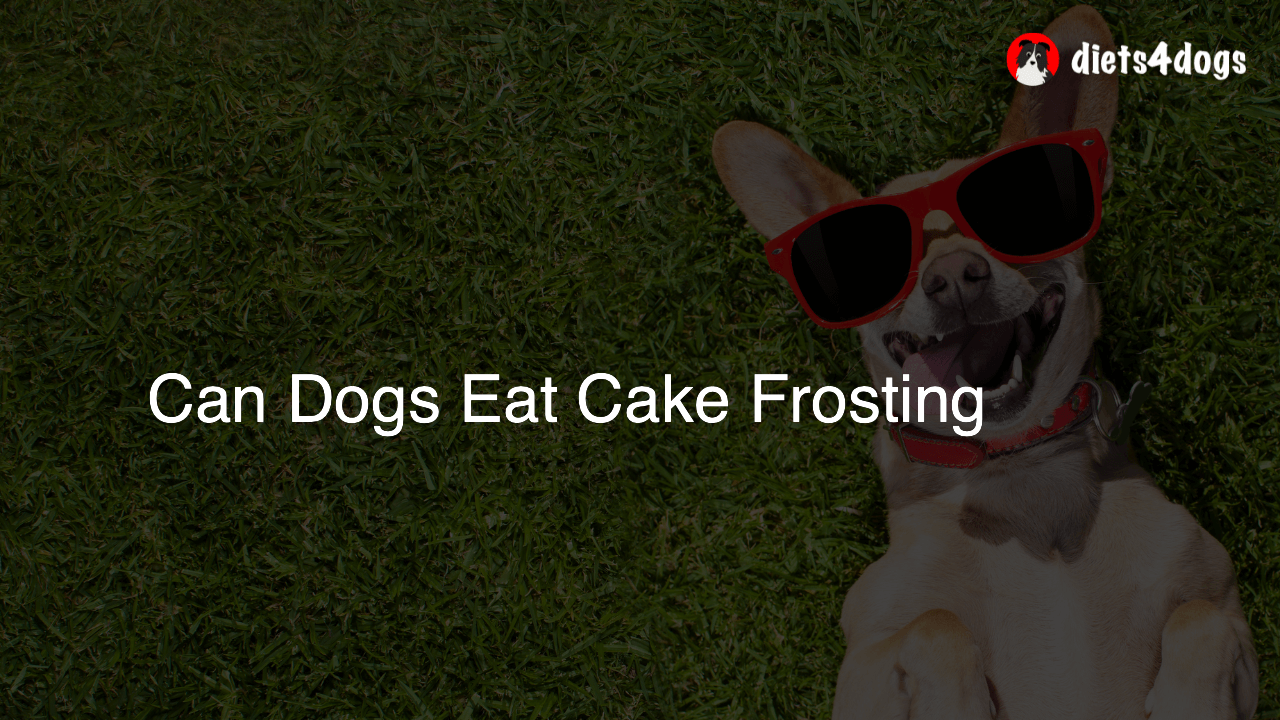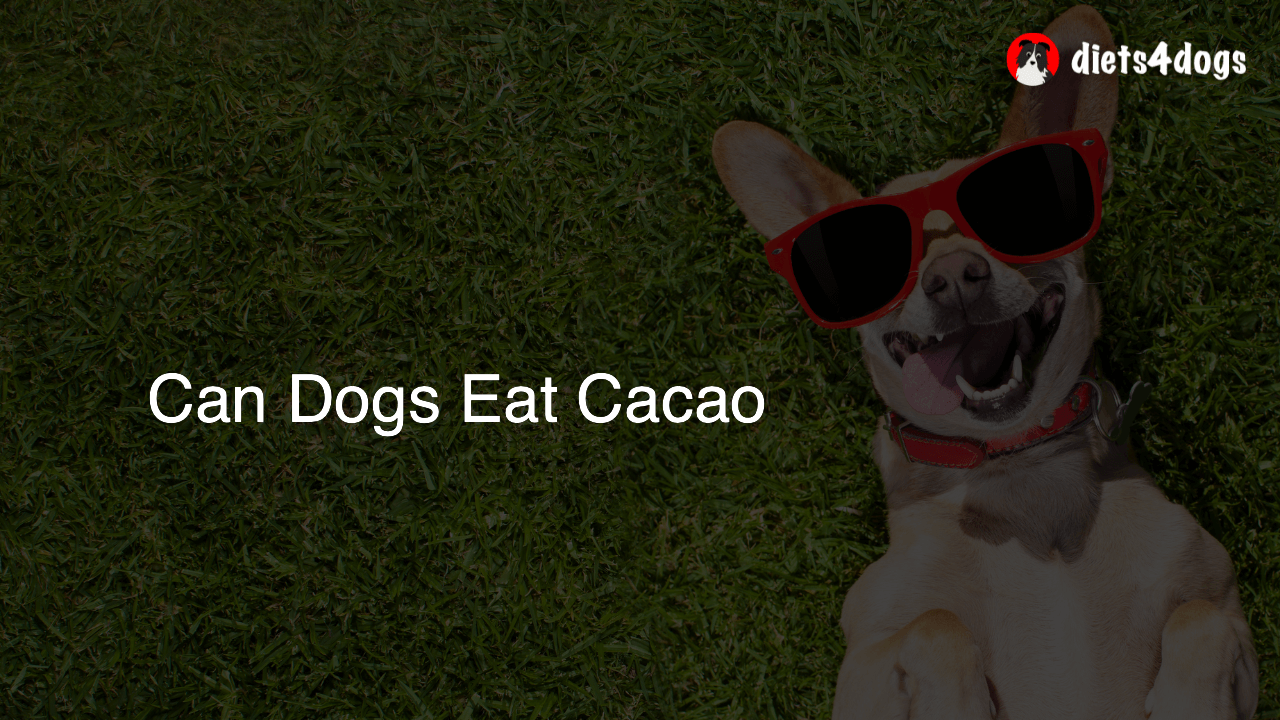Can Dogs Eat Moss
While moss is not toxic to dogs, it is not an appropriate food source for them. Consuming moss can lead to gastrointestinal discomfort and may also contain harmful bacteria, parasites, or chemicals. It is essential to prevent your dog from eating moss and provide them with a balanced diet tailored for their specific needs.
Can Dogs Eat Moss: A Comprehensive Guide
As pet owners, we all want to ensure the health and happiness of our furry companions. With their inquisitive nature, it’s no surprise that dogs often get into things they shouldn’t. One such item is moss, which may intrigue your pooch with its texture and appearance. This comprehensive guide provides information on whether dogs can eat moss and highlights alternatives for safe and enjoyable snacking.
Why Moss Isn’t Suitable For Your Dog’s Diet
Moss might look harmless, but it’s not an appropriate food source for dogs. Though it’s not inherently toxic, consuming moss can lead to a range of issues for your canine companion.
Gastrointestinal Discomfort
The structure and texture of moss make it difficult for dogs to digest. As a result, ingestion can cause gastrointestinal distress, including diarrhea, vomiting, and bloating. To avoid these unpleasant symptoms, it’s best to keep your dog away from moss.
Harmful Substances and Organisms
One of the primary concerns related to moss is the potential presence of harmful bacteria, parasites, or chemicals. Moss often absorbs pollutants in the environment, which means consuming moss leaves your dog exposed to the risk of ingesting these substances. Additionally, insects and other small organisms may reside within the moss and cause parasitic infections when ingested by your furry friend.
Creating a Safe Outdoor Experience for Your Dog
To prevent your dog from consuming moss, it is crucial to create a safe outdoor experience. Here are some suggestions to help you do just that:
Maintain a Clean Yard
Keep your backyard or garden tidy by regularly raking and disposing of organic debris, like leaves, twigs, and moss. This helps minimize the chances of your dog finding and eating moss or other potentially harmful items.
Safe Toys and Chews
Providing your dog with safe toys and chews can help redirect their natural urge to chew and explore, preventing them from seeking out unsuitable items like moss.
Enrichment and Training
Keep your dog mentally stimulated with interactive toys, training sessions, and environmental enrichment. A happy, engaged dog is less likely to explore and consume unsuitable things.
Monitor and Supervise
Always keep a watchful eye on your dog while they roam the outdoors. Monitoring and supervising your pet ensures that they remain safe from harm and do not eat anything they shouldn’t.
A Nutritious and Balanced Diet for Your Dog
Rather than relying on moss, providing your dog with a nutritious, balanced diet is key to their health and wellbeing. Choose a high-quality dog food that meets their specific needs to maintain a healthy lifestyle. Additionally, consult your veterinarian for advice on your pup’s dietary requirements and any dog-safe treats, vegetables, or fruits. By ensuring optimal nutrition, you can rest assured that your furry companion will thrive.
Dangerous Outdoor Plants for Dogs
Aside from moss, there are various other outdoor plants that can pose a risk to your dog’s health. It’s essential to become familiar with dangerous plants found in your area and take necessary precautions to keep your furry companion safe. Some common hazardous plants include:
- Azalea
- Hydrangea
- Oleander
- Foxglove
- Sago palm
- Lily of the valley
For a more comprehensive list of toxic plants and their effects on dogs, consult the ASPCA’s toxic plant list, and seek advice from your veterinarian.
Recognizing and Treating Ingestion of Harmful Substances
If your dog ingests moss or any other potentially harmful substance, it’s crucial to recognize the signs and act quickly. Symptoms may include:
- Vomiting
- Diarrhea
- Excessive drooling
- Loss of appetite
- Weakness
- Pale gums
- Rapid or labored breathing
If you suspect your dog has consumed moss or a toxic substance, contact your veterinarian or a pet poison helpline immediately. Acting fast can make all the difference in your pet’s recovery.
Pet-proofing Your Home and Garden
Prevention is the best way to keep your dog safe from consuming dangerous substances or plants. Consider pet-proofing your home and garden with these measures:
- Fence off or remove toxic plants from your property, ensuring they are not within reach of your dog.
- Store chemicals, fertilizers, and pesticides in a secure location that is inaccessible to pets.
- Teach the “leave it” command – this basic obedience skill may prevent your dog from consuming harmful items.
- Conduct regular inspections of your home and garden to identify and eliminate potential hazards.
By taking these precautions, you can create a safe environment that minimizes the risk of your dog ingesting moss or other harmful substances.
Frequently Asked Questions about Dogs and Moss
Explore our FAQ section below for answers to common questions related to dogs and moss consumption. This information is designed to help you better understand the potential dangers and provide useful tips for maintaining your dog’s health and safety.
1. Can dogs eat moss?
No, dogs should not eat moss. Although it is not toxic to dogs, it can cause gastrointestinal discomfort and may contain harmful bacteria, parasites, or chemicals.
2. What should I do if my dog eats moss?
If your dog has consumed moss, monitor them for any signs of gastrointestinal distress, such as vomiting, diarrhea, or bloating. If any symptoms persist or worsen, contact your veterinarian for advice.
3. Are there any plants that are toxic to dogs?
Yes, many plants are toxic to dogs, such as azalea, hydrangea, oleander, foxglove, sago palm, and lily of the valley. For a comprehensive list, consult the ASPCA’s toxic plant list or talk to your veterinarian.
4. How can I keep my dog from eating moss?
To keep your dog from eating moss, maintain a clean yard, provide safe toys and chews, engage in enrichment and training activities, and closely supervise your dog while they are outdoors.
5. What are some dog-safe alternative treats?
Some dog-safe treats include commercial dog treats, plain cooked meats, raw carrots, cucumber slices, and small pieces of apple (without the core and seeds). Consult your veterinarian for a full list of safe treats for your dog’s specific needs.
6. How can I pet-proof my home and garden?
Pet-proof your home and garden by fencing off or removing toxic plants, securely storing chemicals, fertilizers, and pesticides, teaching your dog the “leave it” command, and regularly inspecting your living spaces for potential hazards.
7. Can dogs eat other types of plants or grass?
While grass itself is not harmful to dogs, it can cause digestive discomfort or contain harmful chemicals, like pesticides. If your dog has a habit of eating grass, discuss the issue with your veterinarian to address any underlying causes and devise a safe solution.
8. What if my dog has a habit of eating other inappropriate items?
If your dog tends to eat inappropriate items, try redirecting their interest with safe, chewable toys, engaging in mentally stimulating activities, and using positive reinforcement training techniques. Always consult with a veterinarian or a professional dog trainer to address any persistent issues.
9. How do I teach my dog the “leave it” command?
To teach the “leave it” command, start by holding a treat in your closed hand and allowing your dog to sniff it. Once your dog stops trying to get the treat, reward them with a different treat from your other hand. Add a verbal cue, such as “leave it,” and gradually increase the difficulty by placing treats on the floor while covering them with your hand, and eventually moving your hand away. Remember to reward your dog for leaving the treat alone.
10. How can I tell if my dog has ingested something harmful?
Signs that your dog may have ingested something harmful include vomiting, diarrhea, excessive drooling, loss of appetite, weakness, pale gums, or rapid/labored breathing. If you suspect your dog has ingested a harmful substance, contact your veterinarian or a pet poison helpline immediately.

